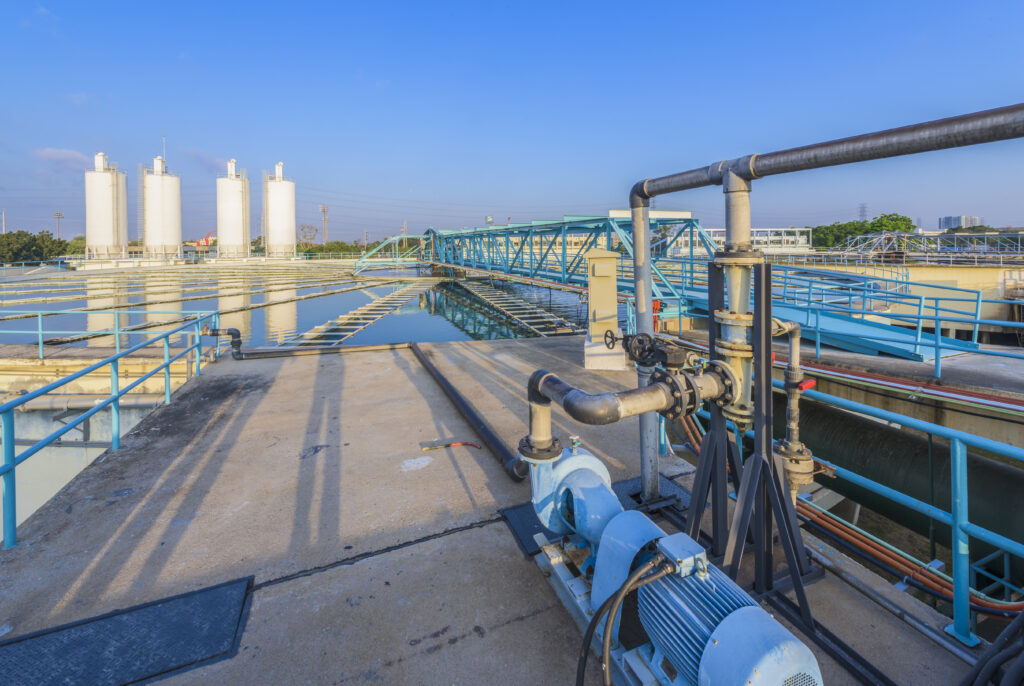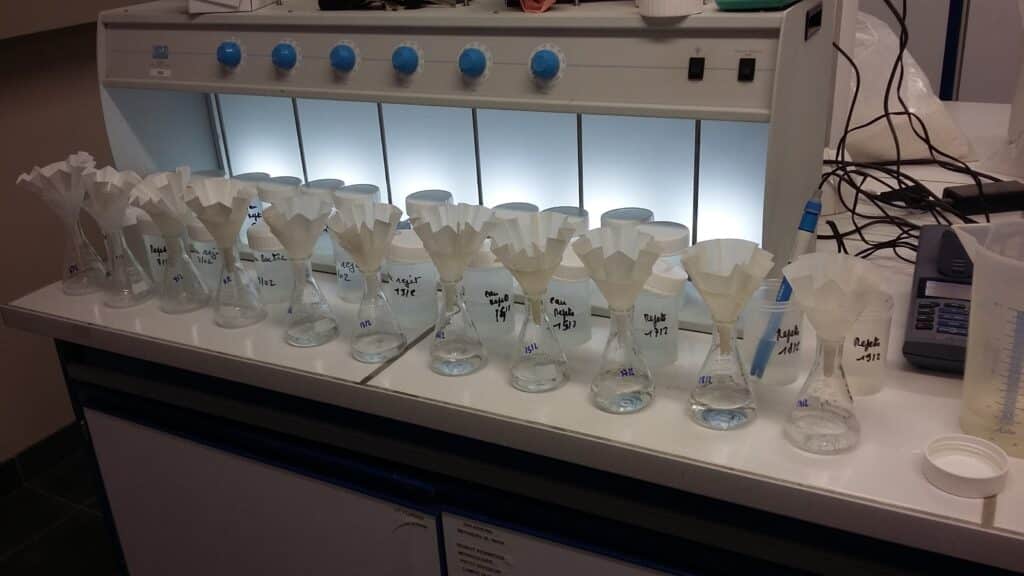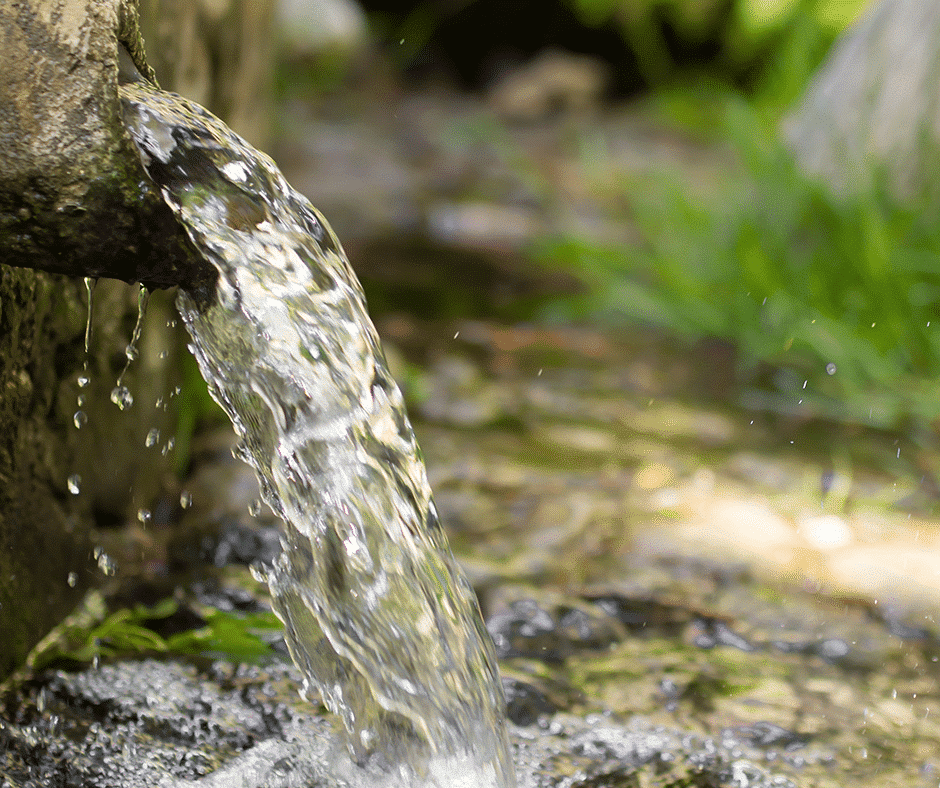
Phosphorus and Nitrogen removal by struvite or magnesium phosphates precipitation
Leaving phosphates or ammonia in the wastewater is causing major environmental issues. Algae blooms are favored, consuming dissolved oxygen and killing wild life.
Biological treatment of phosphates or ammonia is not always as convenient as it should. Industrial sites are then using chemicals such as Iron Chloride to precipitate the phosphates for example. However these chemicals are often dangerous of use and for the environment.
Magnesium products are a safe alternative. When in a 1:1:1 molar ratio, magnesium (as Mg2+ ion) phosphorus (as PO43- ion), nitrogen (as NH4+ ion) will crystallize at a basic pH in struvite NH4MgPO4.6H2O. Using the proper magnesium reagent, struvite precipitation is an efficient way to treat water with a high phosphate or ammonium concentration. When Ammonia concentration is insufficient for Struvite crystallization, magnesium phosphate precipitation is one alternative. It requires a higher pH than for Struvite and an adapted molar ratio.
Whatever your process (chemical precipitation, anaerobic, aerobic, activated sludge) struvite formation can be controlled. TIMAB support you in achieving the right process parameters to remove phosphorus and ammonium while avoiding scaling where it is undesirable.

Benefits of struvite or magnesium phosphates precipitation
On top of N and P removal, struvite precipitation provides several additional benefits.
Once collected or left in the sludge, Struvite is an effective NPMg solid fertilizer for short- and medium-term enrichment. It is one of the most efficient and sustainable route to recover Phosphorus and Nitrogen.
Also, leaving the Struvite or the magnesium phosphate in the sludge increases the siccity of the sludge is increasing by few percent, meaning:
- Less power required for the sludge drying.
- The sludge is easier to convey throughout the different process steps
- Eventually less Coagulation and Flocculation agents are used (less polymers, less iron/aluminium based chemicals)

Magnesium products for phosphorus removal
Magnesium oxide (MgO), Magnesium hydroxide (Mg(OH)2)or Magnesium chloride (MgCl2) can all be used for phosphorus removal in waste waters. MgCl2 is easy to use and efficient for struvite precipitation as its water solubility is extremely high. MgO and Mg(OH)2 are safe materials that also provide alkalinity control to neutralize acids, on top of bringing Mg2+ ions.
The reactive Magnesium oxide, Magnesium hydroxide or Magnesium chloride we provide offers reliable results. The reactivity and the stability of our product make them preferred choices in wastewater treatment applications. When substituting FeCl3 or AlCl3, no specific equipment is required.
Choose a section below and read more details about our solutions for waste water treatment:


